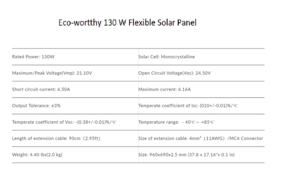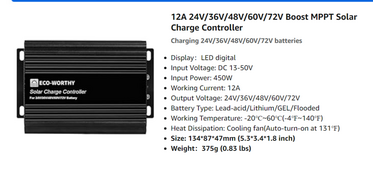HarryN
Solar Addict
Thank you.
As I re-read this in more context, your expanation sheds some light on things. How VOC and SOC do their dance together is still a bit of a mystery, but I am working on it...
The Voc ( Voltage open circuit ) is the voltage that the panels will hit if they are in the sun and there isn't any power being pulled off of them.
When the battery is full ( 100% state of charge ), then the solar charge controller essentially cuts off the connection between the solar panels and the battery pack. ( no power being pulled off of the panels )
So at that point, the solar panel voltage will rise to Voc.
Solar panel output is a series of curves, not a fixed entity like the numbers Vmp, Imp etc imply. It is an analog device, not a digital device.
Imagine driving a car down the road without cruise control. There is an approximate relationship between your foot pushing on the gas pedal and vehicle speed, but not exact. If you are pulling a trailer, then you have to push harder on the pedal to go the same speed. If you are going up a hill vs down a hill, then you have to adjust your foot / gas pedal position to go the same speed.
In some cases, such as pulling a large load in a pick up with a heavy trailer in tow - up a steep grade, there simply is not enough power to maintain speed no matter what.
In a vehicle, you can either drive in manual mode, do your own shifting / gas pedal stuff - or if conditions are not too crazy - just use an automatic transmission and cruise control to do it for you.
Think of your solar charge controller as being a cruise control that deals with all of that for you when it comes to the real behavior of solar panels, lots of light, not much light, battery pack charging details, and SOC. Now add onto this that some cruise controls / solar charge controllers respond much faster to changes than others.
The fastest on the market is the genasun that I posted earlier, making adjustments about 10x per second. Some other cheap ones take 10 - 20 seconds to make an adjustment. Not the end of the world, but on a partly cloudy day, the light conditions change rapidly.
The bogart setup that I used in that test fixture can also work well for you.
Last edited:











